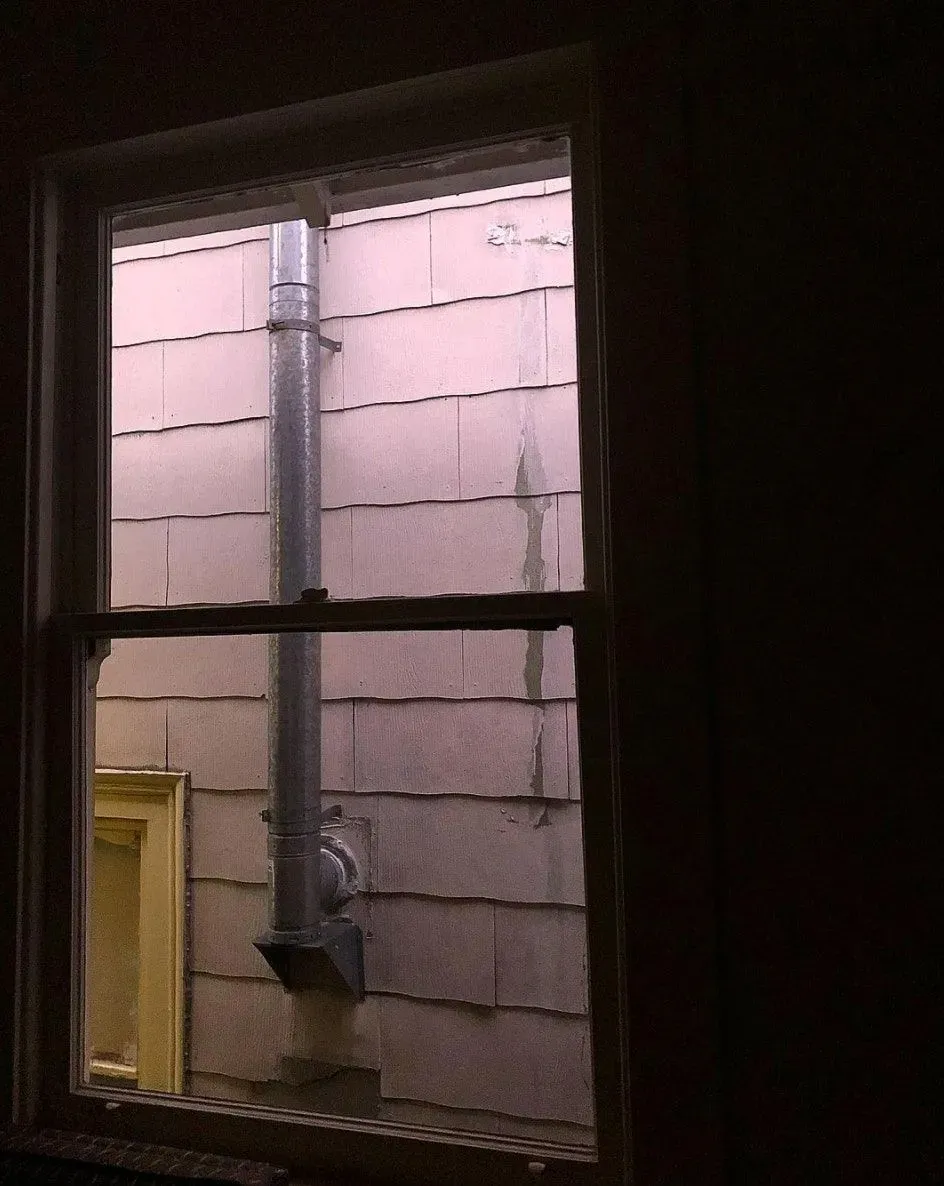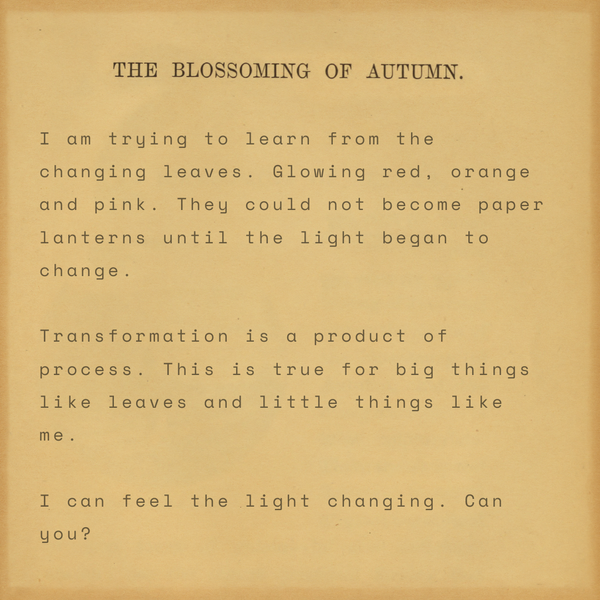American Dream
Helping Americans find shelter must become an integral part of the American Dream.

It’s time to excise home ownership from the American Dream. This cutting away will concern some people. They’ll worry that the concept of an American Dream will not survive this curative. This, of course, ignores the long history of the dream that did not include home ownership. And, of course, I would ask those who worry to be more concerned about the people who cannot survive unless we remove this runaway growth.
But I’d also ask them to be more understanding of the organically expansive nature of a dream. Dreams are neither brittle nor set. Dreams are more like bioluminescent nets we cast and less like structures with an occupancy limit. If a dream named after a nation cannot be cast by everyone in that nation - it’s not a dream, it’s a restrictive covenant.
How can we determine what is expansive enough to be woven into our nation’s collective dream? Daniel Indiviglio wrote that an aspiration must meet three criteria to be part of the American dream: it should be something Americans are capable of attaining, it should be versatile enough to meet American’s diverse needs and it should be essential to each American’s well-being.
Are all American’s capable of owning a home?
Even with fair lending practices, a down payment is not something every American is capable of pulling together. A recent study showed that the average American would have to save 43 years to get together the average down payment required by the Los Angeles housing market. That’s up from a 7 year national average in 1975.
Is home ownership versatile enough for Americans?
American’s priorities are changing. Very few people want to be in the same state, let alone the same neighborhood, for their entire lives. Some don’t want to be tied down to a mortgage, because of fluctuating income or fluctuating interest in a location.
Is it essential to own a home?
Having a roof over your head is essential! But partnering for thirty years with a banker to someday maybe own that roof has only been made essential by the lack of a government safety net, increasingly unaffordable rent and a complete dearth of wealth building tools outside of home equity.
While we have a mortgage on the home we live in now, in the future we’ll rent again. We have not always been capable of home ownership, it has not always been versatile enough for us, and our lived experience proves owning the home we are in is not essential to our happiness. We’ve lived in eight homes together. Dinner tasted the same in each one. We had children learn to walk in homes we “owned” and in homes we rented. Riley and I fought and made love - often in the same night - in mortgaged and rented homes alike.
If owning a home is too exclusionary to be part of the dream, then what should take its place? What if we replace Home Ownership with A Home, Without Qualifications? That’s a decision we can make, you know. We can simply decide that helping Americans find stable shelter, both under a roof and in our society, is an integral part of the American dream. We can choose this new dream. We must choose this new dream.
Once we determine home-making is part of the American dream, the question must follow: What makes a home? A thirty year fixed rate, custom ceramic tiles and Pantone colors can adorn a home but they do not make it. Caretakers who can afford to feed their children make a home. Policies fair to renters make a home.Books on the shelves make a home. Clean water makes a home. Free, steady access to wifi in an age of Zoom school makes a home. Ensuring people can afford to remain in the communities they’ve helped build makes a home. Community centers make a home. Safety makes a home. You and I can make this home. But it is going to take a lot of work.
Let’s get started.
First, I want us to become knowledgeable about the problems and the solutions.
Let’s read:
The Color of Money, by Mehrsa Baradaran. The Atlantic called it, “A deep accounting of how America got to a point where a median white family has 13 times more wealth than the median black family." It’s an accessible, necessary read. Ms. Baradaran was just named to President-Elect Biden’s Agency Review Team and is supporting the transition work with the United States Department of Treasury and the Federal Reserve. We’re lucky to have her.
The Color of Law, by Richard Rothstein. Jared Bernstein said, “The Rothstein book gathers meticulous research showing how governments at all levels long employed racially discriminatory policies to deny blacks the opportunity to live in neighborhoods with jobs, good schools and upward mobility.” He’s right. The meticulous research is both readable and enraging.
Golden Gates: Fighting for Housing in America, by Conor Dougherty. The New York Times called this a, “A stunning, deeply reported investigation into the housing crisis. Spacious and affordable homes used to be the hallmark of American prosperity. Today, however, punishing rents and the increasingly prohibitive cost of ownership have turned housing into the foremost symbol of inequality and an economy gone wrong.” Here’s the thing about this book...whether you live in San Francisco or a suburb of Salt Lake, it resonates. This book is about the housing problems every American community is facing and will be undone by unless we change, if not everything, then many big things.
Race for Profit: How Banks and the Real Estate Industry Undermined Black Homeownership by Keeanga-Yamahtta Taylor. In their starred review of this book, Library Journal said it is, “essential for readers wishing to understand the depth and differentials of U.S. racial discrimination, Taylor's masterly expose of the political economy of the racially bifurcated market systematically lays bare how residential segregation made profits from race; it also illustrates the mismatch of market solutions to racist policies and practices and underscores the limits of legislation alone to undo institutional racism.” The only thing I can add to this is that they are right.
A bit busy for a book? Start with an article!
Build Build Build Build
The Great Affordability Crisis Breaking America
The Facts on Housing Affordability in the United States
The Deep, Uniquely American Roots of Our Affordable-Housing Crisis
Then let’s act and act well:
Maya Angelou said, “Do the best you can until you know better. Then when you know better, do better.” Well, friends, whether you’ve just read this whole series, or read all those books and articles I suggested? You now know better. So it is now time, right now, to do better. Doing better is a continuous series of actions, not a single post, or one time donation.
Sometimes, in our eagerness to act, we ignore and trample the people who have already been doing this work for a long, long time. Trust me, if you’re just now waking up to inequity in your community there are hundreds (thousands!) of people who have already been doing work on that very issue for years. Find these already established organizations! Look for local affordable housing associations run by people from within the community being served. Once you find the local people doing the local work, listen to them, ask them how you can support their work, and then do it.
If the work is not already being done, I really love the questions Cheryl Neufville Etiang suggests we ask before beginning the work ourselves,
1. Is this a meaningful solution or one that reproduces the status quo?
2. Are there elements of the "White Savior " phenomenon in my proposed solution? If yes, how do I rework my solution?
3. Are my solutions grounded in and meaningful to the communities?
4. Does my solution pay attention to the connections between social inequities and my specifically focused inequity?
5. Does my solution help intercede with the "-isms" (systems of oppression)
6. Does my solution help ensure genuine power redistributed?
7. Is this a project I could pass on to a leader within that community I am hoping to serve and take a complete back seat?
Vote for affordable housing. Make sure every table comes first, not just your own. Work to create a culture of universal hospitality, one where every home is a way station and every wanderer has a home.
If we act quickly enough, deliberately enough, humbly enough, hopefully enough, our children will grow to adulthood in an America fit to hold the dreams of many, not just the few.
At the beginning of this series, I said I used greet people to my rented home like this,
Hi, come in! It’s so nice to see you! Oh, don’t mind the floors, the paint, the cabinets, the windows, the appliances, the tile. This is just a rental. It’s not what I’d do if it were my own.
Now, in my knowing, would you mind if I greet you, a little differently, to this home we all share?
Hi! It’s so nice to see you! Please, do let us mind the uneven foundation, the painted over prejudice, the empty cabinets, the obscured vision, the mechanisms of exclusion, the mold growing beneath porcelain penny rounds. This is our home. It is our own. And we must take it down to the studs and build something better.




